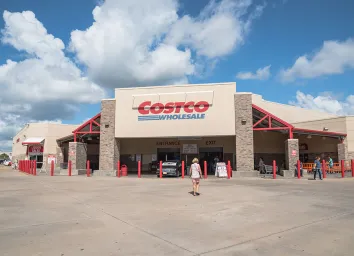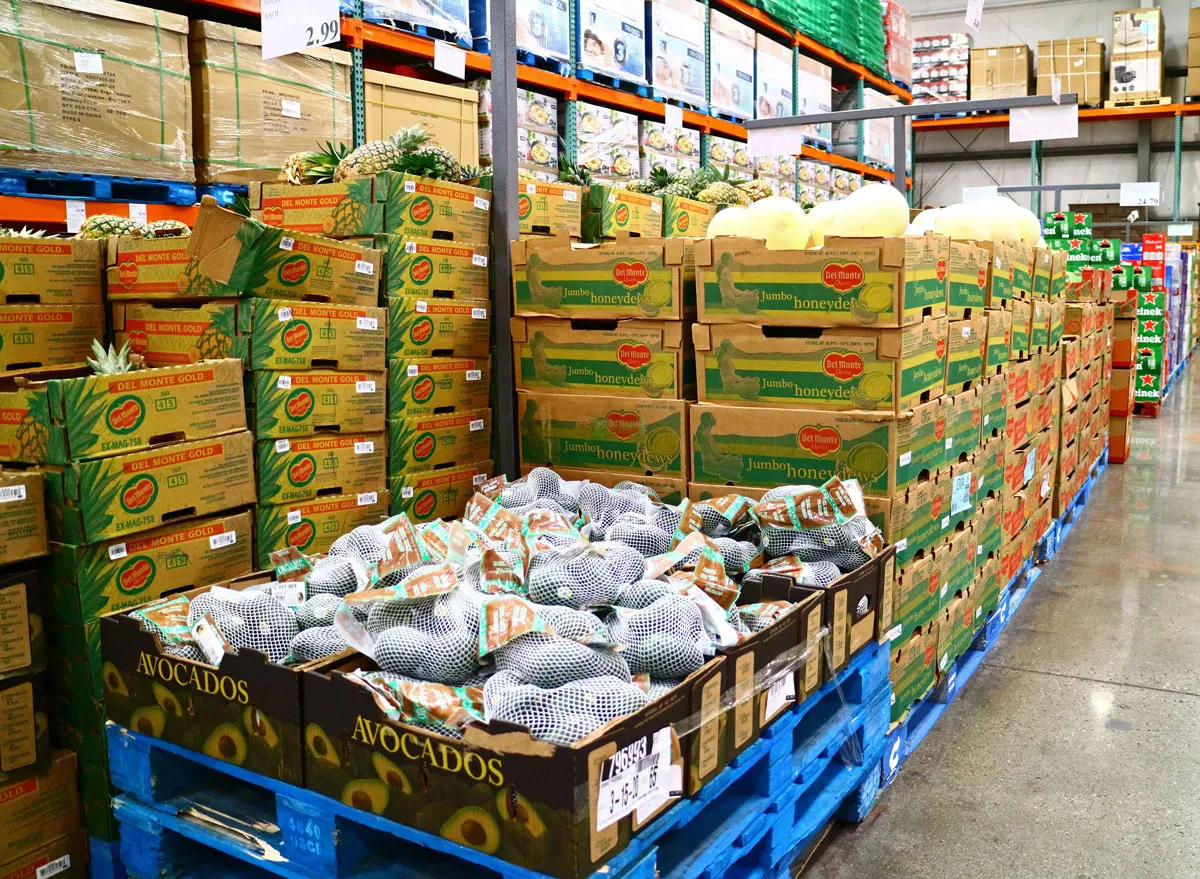
Costco is one of America's most beloved stores, and for good reason. Where else can you make a whole meal out of free samples, purchase a diamond ring, and buy a rotisserie chicken for just $4.99?
Mainly, Costco is known for its bulk items: vats of mayonnaise, gallons of olive oil, 50-pound bags of flour. With inflation impacting grocery prices and burdening household food budgets, buying in bulk seems like the smart option to stock up on foods for more reasonable prices.
But as much as people love shopping at this members-only store, you probably shouldn't buy everything in bulk. Even if you think you're saving money at the moment, you actually may be losing it in the long run.
That's because a lot of those bulk foods go uneaten and just get thrown away. It typically goes like this: We see something that's a better value when bought in bulk, we get bored stiff of it and by the time we can stomach the idea of digging back into the pile, it's either gone bad or lost its flavor or nutritional potency.
Make sure you avoid these common bulk buys—not every low price is a truly good deal.
Spices
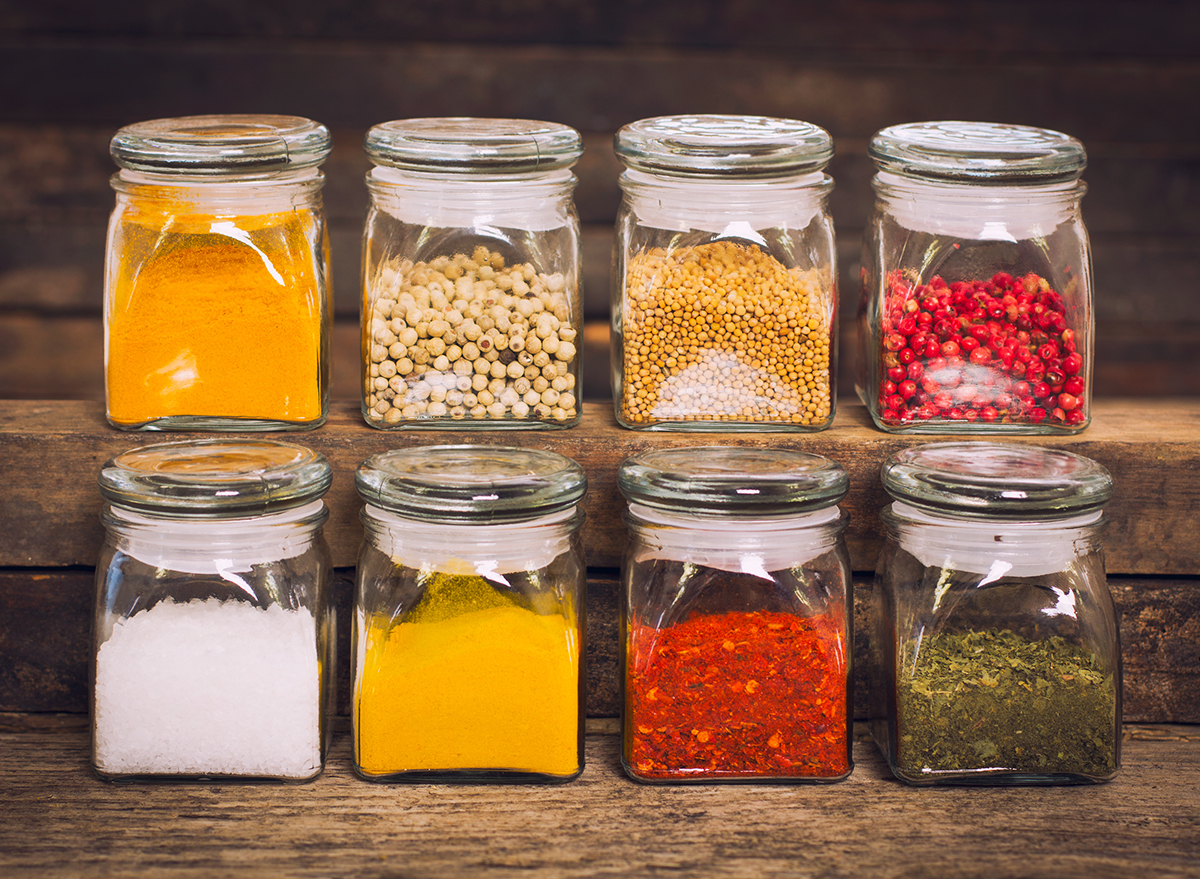
If you're someone who cooks a lot, then you're probably tempted by Costco's industrial-size spices. Take the 24-ounce jar of Old Bay Seafood Seasoning, which is four times the size of the popular spice blend's usual boxy container. Ground spices like Old Bay don't actually go bad, but they do go stale rather quickly. (Psst: You're Definitely Not Replacing Your Spices Often Enough.) That's a huge bummer because the whole point of spices is to, you know, be flavorful. The more refined the spice, the more rapidly it will lose potency. Ground spices will start to get dull after just six months. That giant Old Bay jar is enough to season about 25 pounds of shrimp. How many seafood boils do you think you're planning for?
Flour
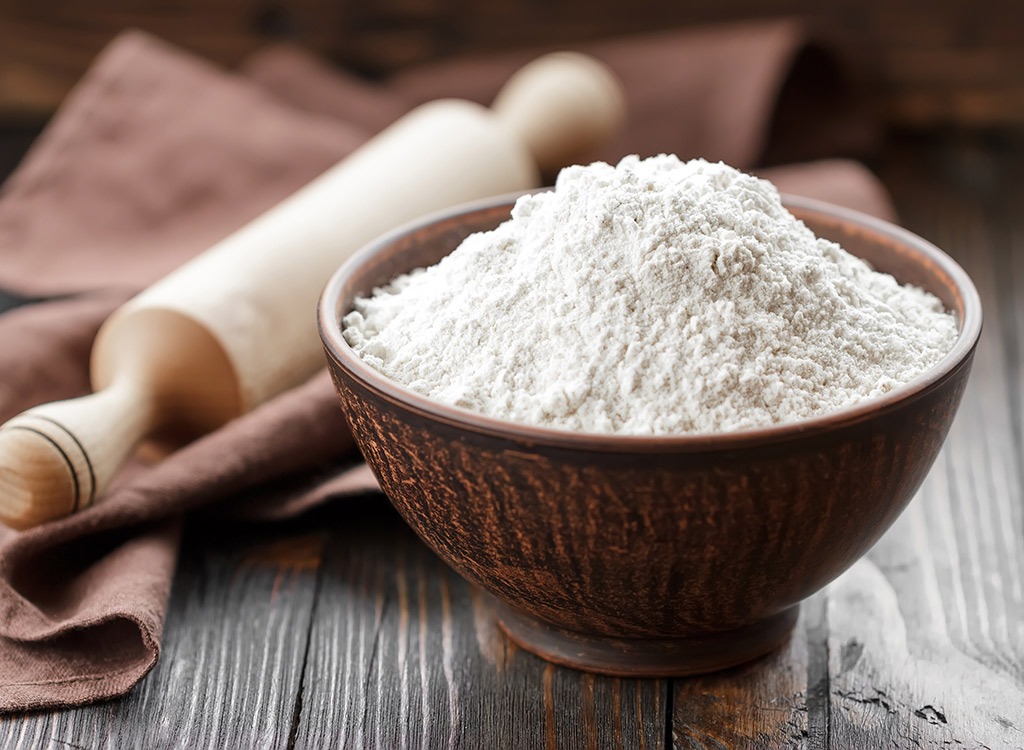
A 50-pound bag of all-purpose flour for about $28 would seem like a steal—not to mention a great workout from lifting that hefty thing in and out of your cart! But, unless you're one of the fabled Keebler Elves, it's probably not worth it. One 50-pound bag of flour is enough to bake some 4,200 cookies! Even the 25-pound bag is a bit of a stretch. That's because flour, be it all-purpose, whole wheat, or another variety, attracts water. Although that makes it a great ingredient for thickening soups, stews, and sauces, it also means flour soaks up moisture in the air. And the longer you have it, the more time it has to soak up moisture, and the closer it is to turning rancid. White all-purpose flour actually keeps longer than whole grain or nut flour—about a year versus a couple of months—but unless you are cooking and baking with flour every day, you probably won't go through a bulk size within the year. You can extend the life of flour by putting it in your fridge, but if you're a frequent bulk shopper, then your icebox is going to get pretty crowded. And if you're looking for an alternative to white flour, try one of these 20 Flour Substitutes For When You've Run Of All-Purpose Flour.
Coffee

If you're a real coffee lover, then you should know that there's no good reason to buy that whopping three-pound bag of Kirkland Colombian whole bean coffee at Costco. That's because the freshest, best tasting cup of coffee is made from beans that have been roasted within two weeks. Based on the standard one-tablespoon serving, you would have to consume at least six cups daily to get through the whole three-pound within that time. If you value what your coffee tastes like, you're best off doing two things: Choose a bag that contains as much coffee as you could get through in a week (or two), and avoid those giant bags coffee altogether. You don't know how long the coffee's aroma and flavor have been sucked out of the beans and into the surrounding air.
RELATED: One Unexpected Side Effect of Drinking Coffee Every Day, Experts Say
Avocados
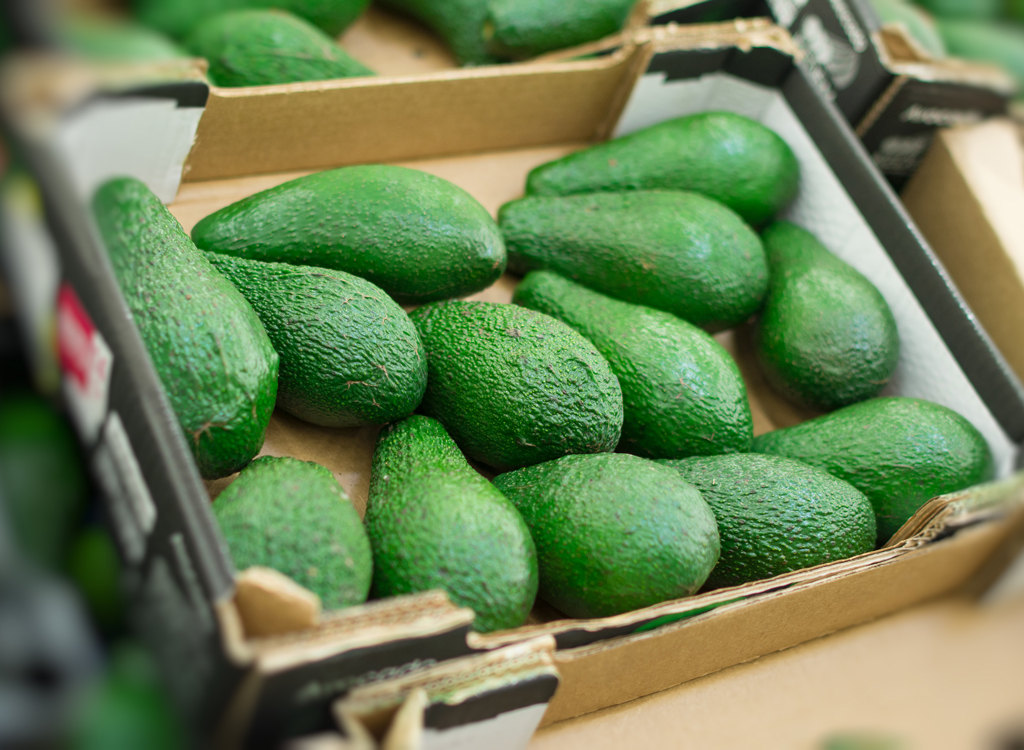
A bag of six avocados will cost you about $8 at Costco right now. That's less than $1.50 each, which sounds like a great deal, especially amid rising inflation. However, unless you're planning on making guacamole for a party, it's probably not worth buying the fatty fruit in bulk. If you do, they could all ripen on the same day, leaving you with half a dozen fruits to get through before they go bad! After all, half of an avocado is 160 calories and 14 grams of fat, so you're probably not putting much more than that on your toast each morning. If you still want to stock up to save money, you can store avocados in the refrigerator to slow down the ripening process. It's just one of the 30 Simple Tricks to Make Your Produce Last Longer.
Nuts and Seeds
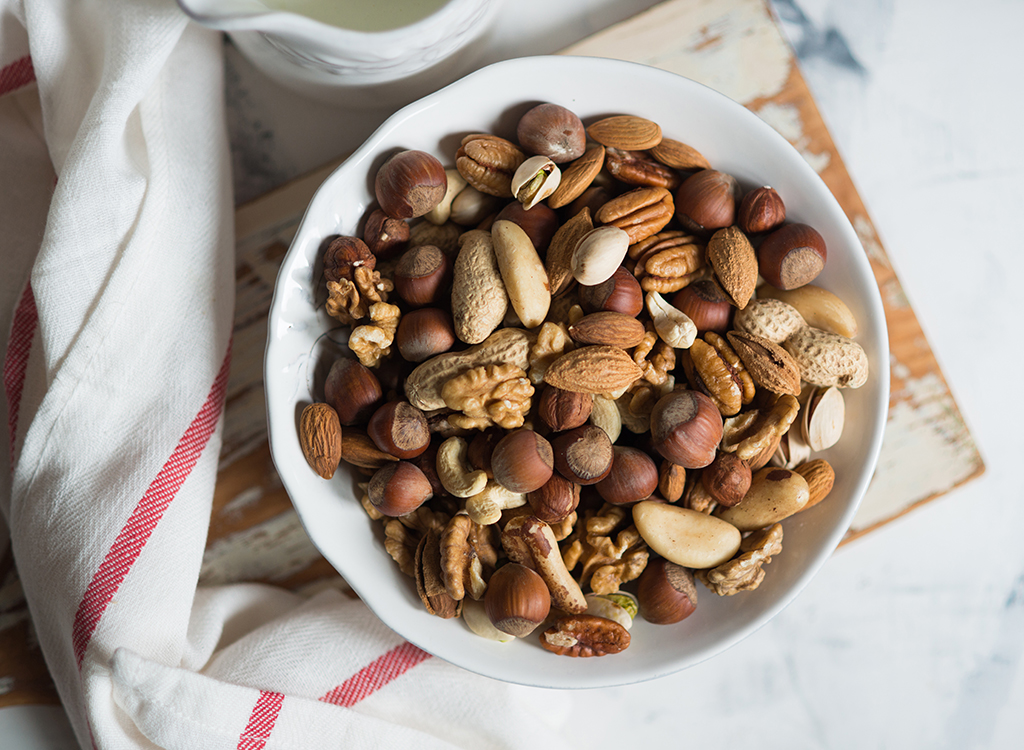
Nuts seem like one of those foods that never go bad. And since you can score a three-pound bag of walnuts for about $12, it might be hard to pass up. In fact, nuts do go bad. And considering one serving is just one fourth of a cup, you'll be munching on this high-(healthy) fat snack for a while. What, are you providing snacks for a keto convention? Even if they don't grow mold or get freezer burn, nuts can still spoil. Both seeds and nuts contain a lot of oil, which comes from healthy unsaturated fats. The problem is that fats tend to go rancid rather quickly. Even if you store your seeds and nuts in an airtight container and keep them in a cool, dark spot (as you should), they'll only keep for a couple of months. If you're stuck with a mountain of macadamias or a hefty bag of hazelnuts, put them in airtight containers and store them in the fridge or freezer. This may extend their life to up to a year.
Looking for ways to use up those nuts? Try these Four Different Spice Roasted Nut Recipes Ideal for Snacking.
Whole Grains
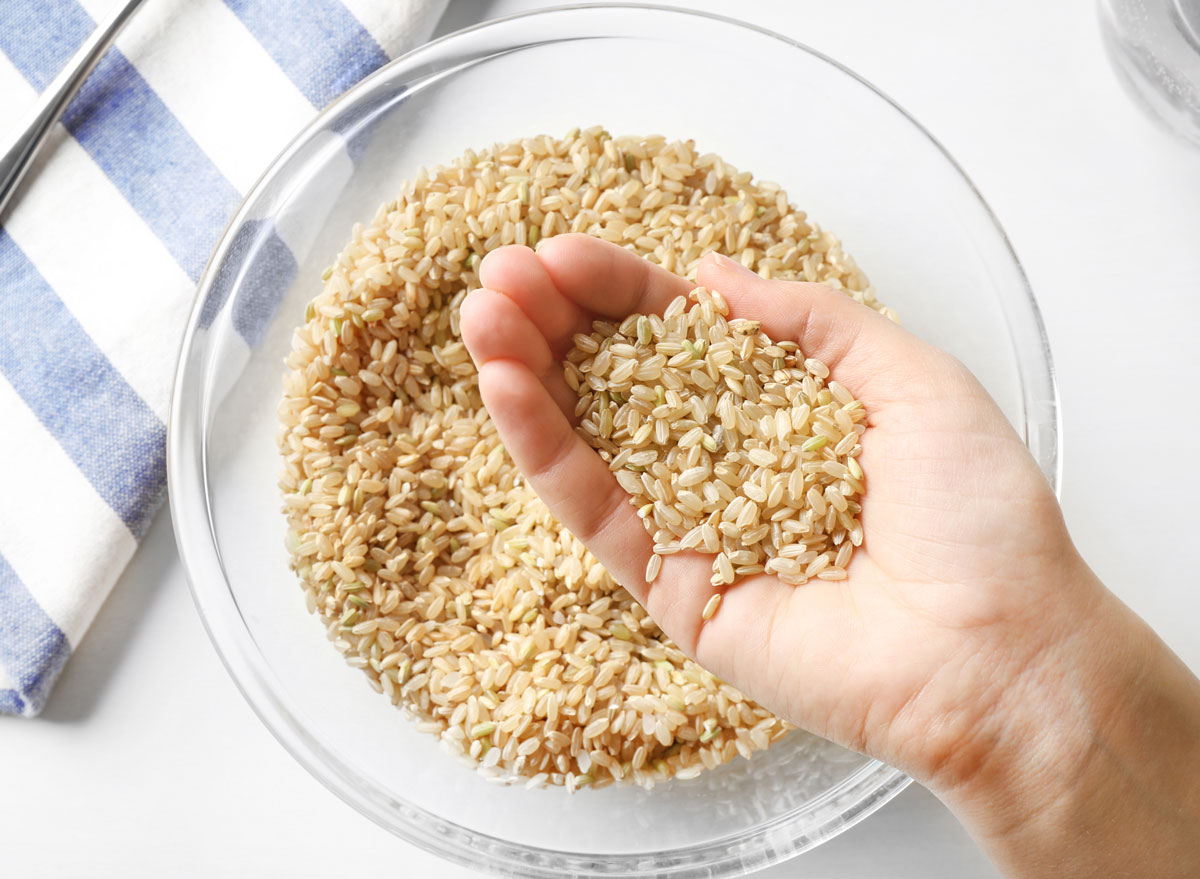
Whole grains are a great way to get in complex carbohydrates and more fiber into your diet, and you can surely stock up on these things at Costco. A 4.5-pound bag of quinoa costs about $12 right, while a 12-pound bag of brown rice is about $20. But did you realize whole grains contain oils? They're found in the grain's bran and germ and can cause them to go rancid quickly, just like nuts and seeds. Although the oils are removed during the processing of grains like white rice, they remain attached to the grain and can cause them to go bad. Even if you have a half-cup serving of brown rice once a day, you'd need to eat this whole grain for 48 days straight to get through that whole bag of brown rice.
Condiments
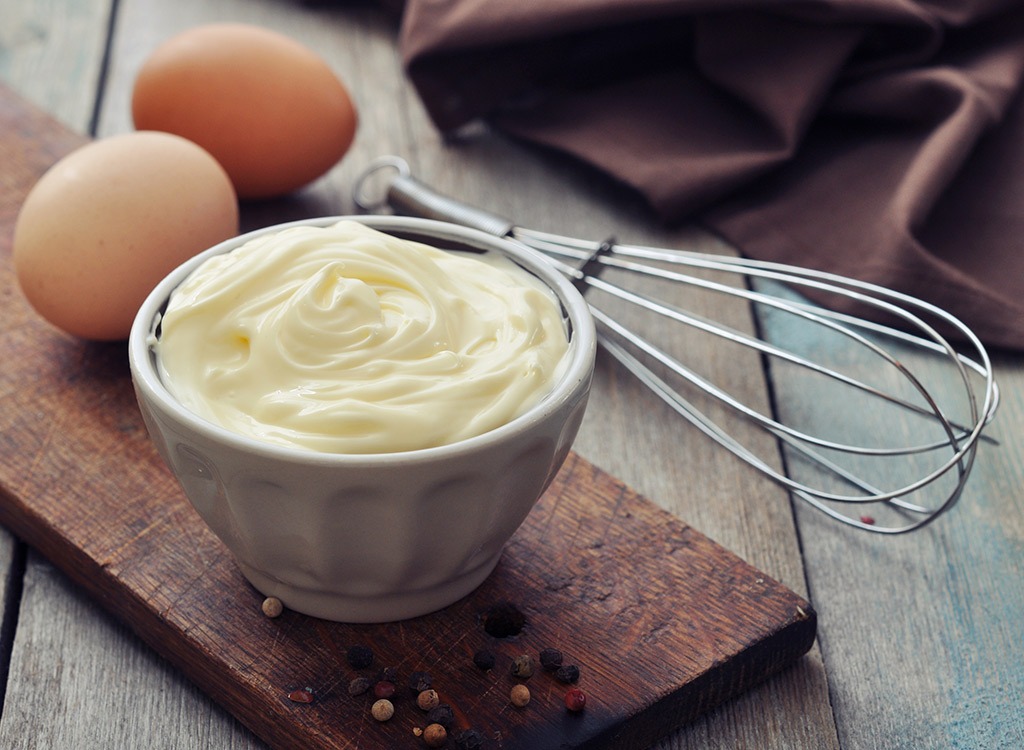
Your favorite condiments like ketchup, mayo, and mustard tend to be loaded with sugar, salt, and other preservatives. Despite this, they can still go bad. Even if they are "shelf-stable," they are slowly going bad. Family finance and frugal living expert Jordan Page advises you to forgo buying an economy-sized vat of ketchup. "It almost always will go bad before you can go through it," she says. Same goes for mayo—once you open the jar, the clock starts ticking on how long it will last in the fridge until it goes bad (about two months). If you buy the 64-ounce jar of Hellmann's at Costco for about $12, that's enough mayo to make 127 sandwiches. And unless you want to make 2-3 sandwiches a day, it will probably go bad before you can get through it all.
Jerky
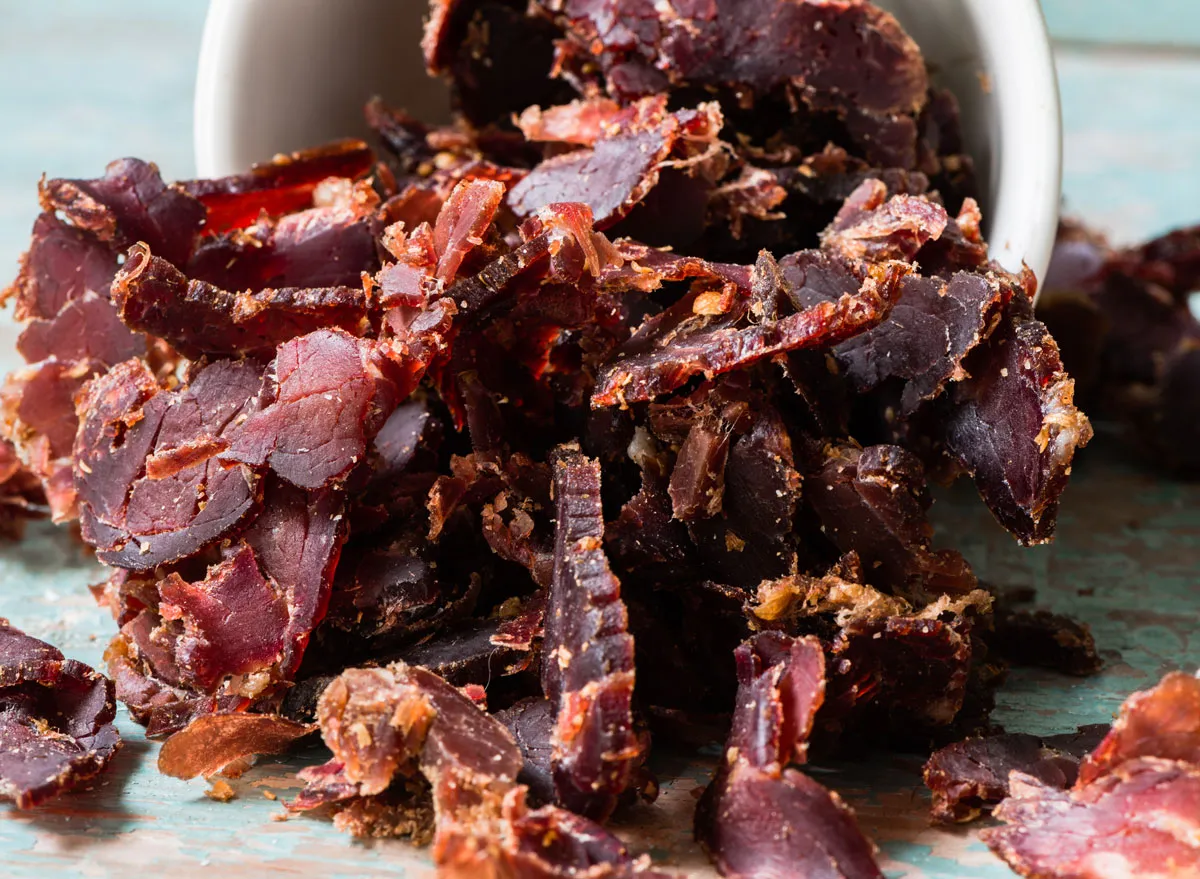
Because beef jerky is preserved with salt and other spices, you'd think it would stay fresh for a long time, right? Not quite. The meat snack, whether it be chicken, beef, or turkey, needs to be refrigerated after opening. In fact, most packages instruct you to eat within three days of opening and store it in the fridge after that. But even in the refrigerator, jerky only lasts about a week or two. Costco sells big 14.5-ounce bags of jerky in different varieties, ranging from $14 to $20. But with just one bag, you'd need to eat one serving every day for two weeks straight to get through that bag in time (while still pushing the window of when it's fresh). Unless you want to get fancy and vacuum seal it (in which case it can last up to two months), you're better off sticking to the smaller packs.
Oil
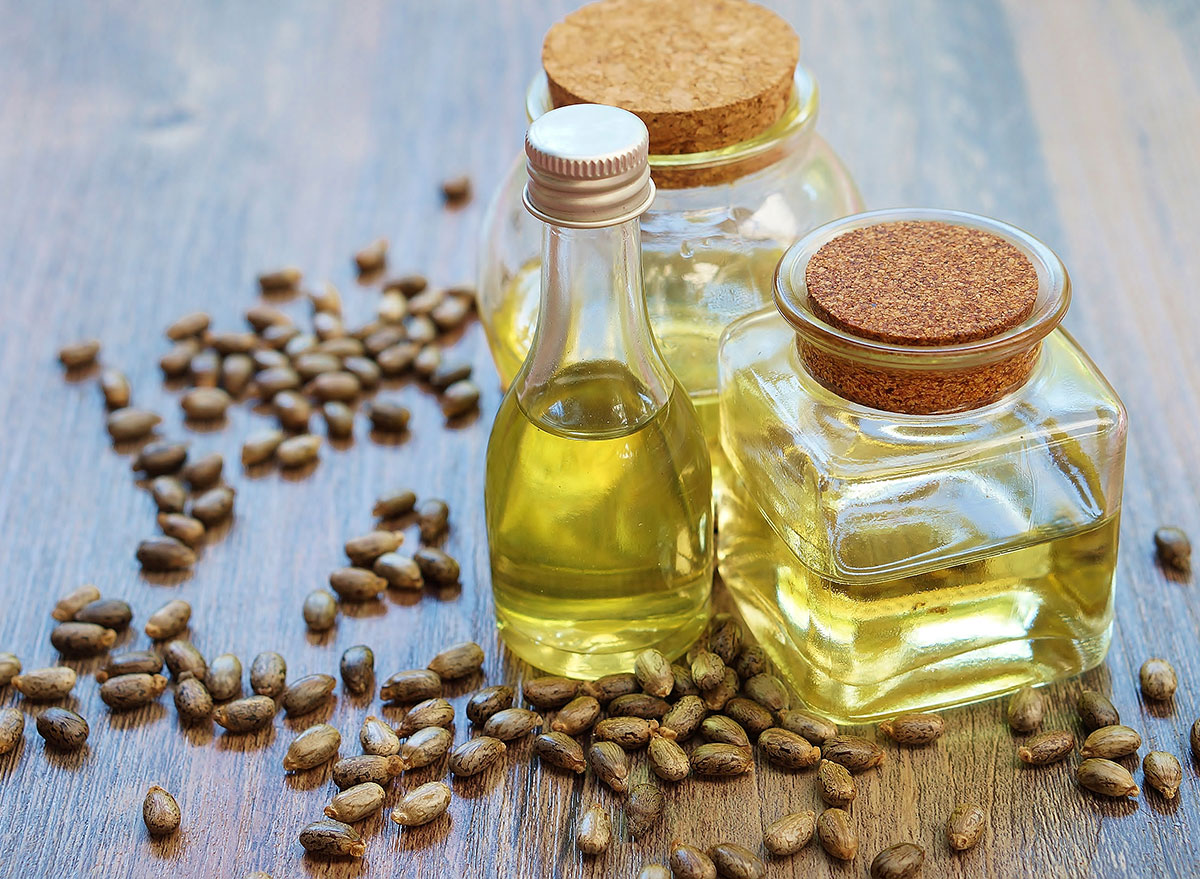
No matter which type of oil you use—olive, sesame, canola, peanut—all of these start to go rancid in a few months, even when unopened. Once a bottle is open, it only lasts between one and three months. So if you pick up one of the three-liter bottles of olive oil at Costco, then you should plan on doing a lot of cooking. That's more than 200 tablespoons' worth, which is ideal if you're making pesto for 100 people at a time, but otherwise not practical. According to Bertolli, Americans only go through about one and a half 750-milliliter bottles of extra virgin olive oil each year, so you likely won't have to buy that much oil.
Root Vegetables
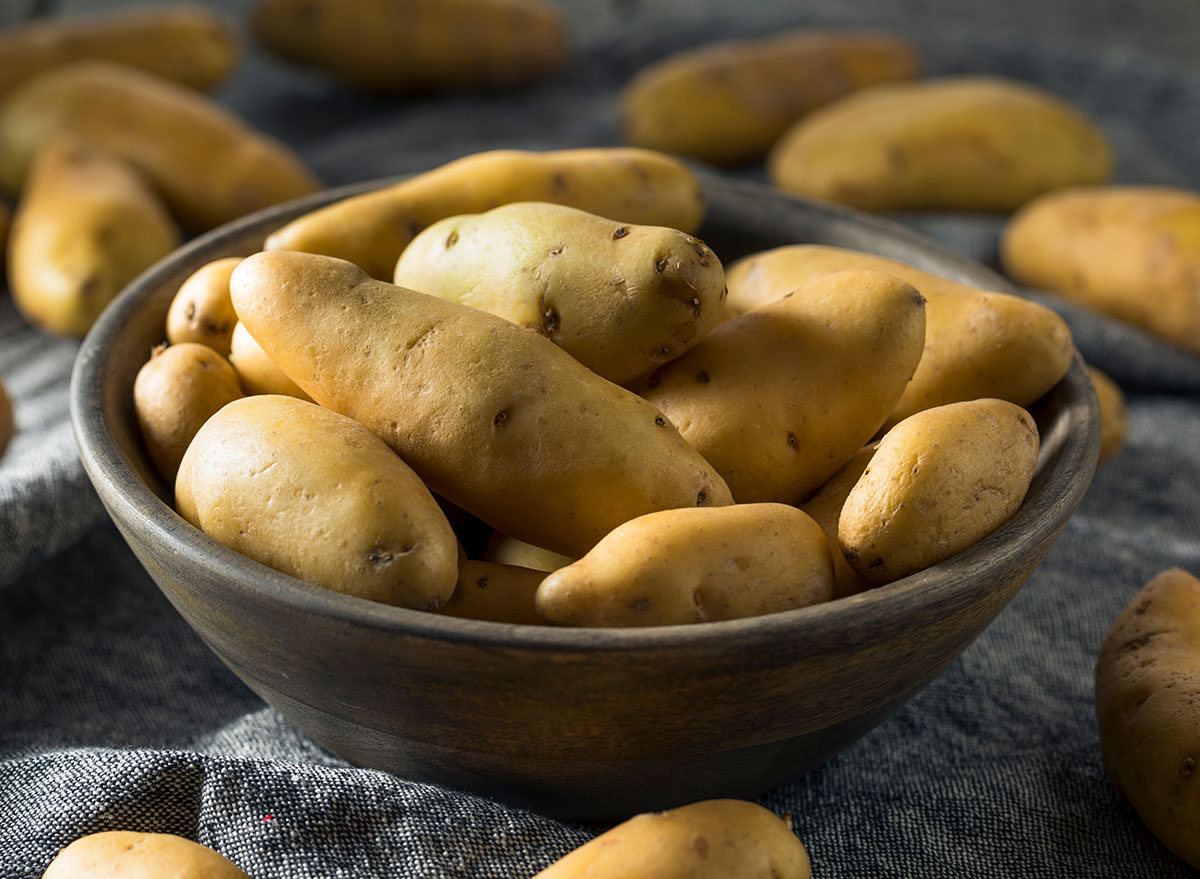
Yes, Costco has incredible deals on fresh foods like potatoes (about $9 for a 10-pound bag for gold spuds) and carrots (about $9 for four pounds of the baby cut kind). To put that into perspective, that's about 20 potatoes and 120 carrots. If you don't have a big household (and don't want to eat a baked potato or serving of carrots every day for three weeks straight), then you probably won't get to use all of them before the spuds start to sprout and the carrots get all slimy and gross.
Shredded Cheese
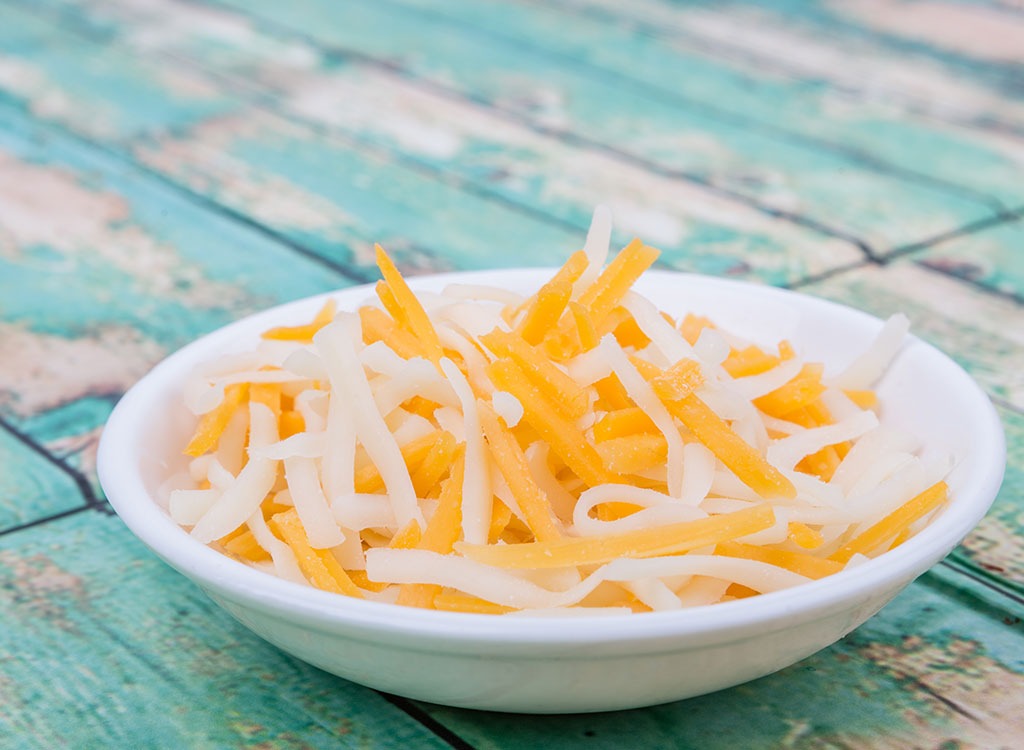
You can find 32-ounce bags of shredded cheese at Costco for about $12, but shredded cheese goes bad after five days in the fridge once it's opened. That's 15 to 20 servings' worth, so even if you eat a quesadilla at every meal, you probably won't get through Costco's giant bags of cheese before their expiration dates.
Milk
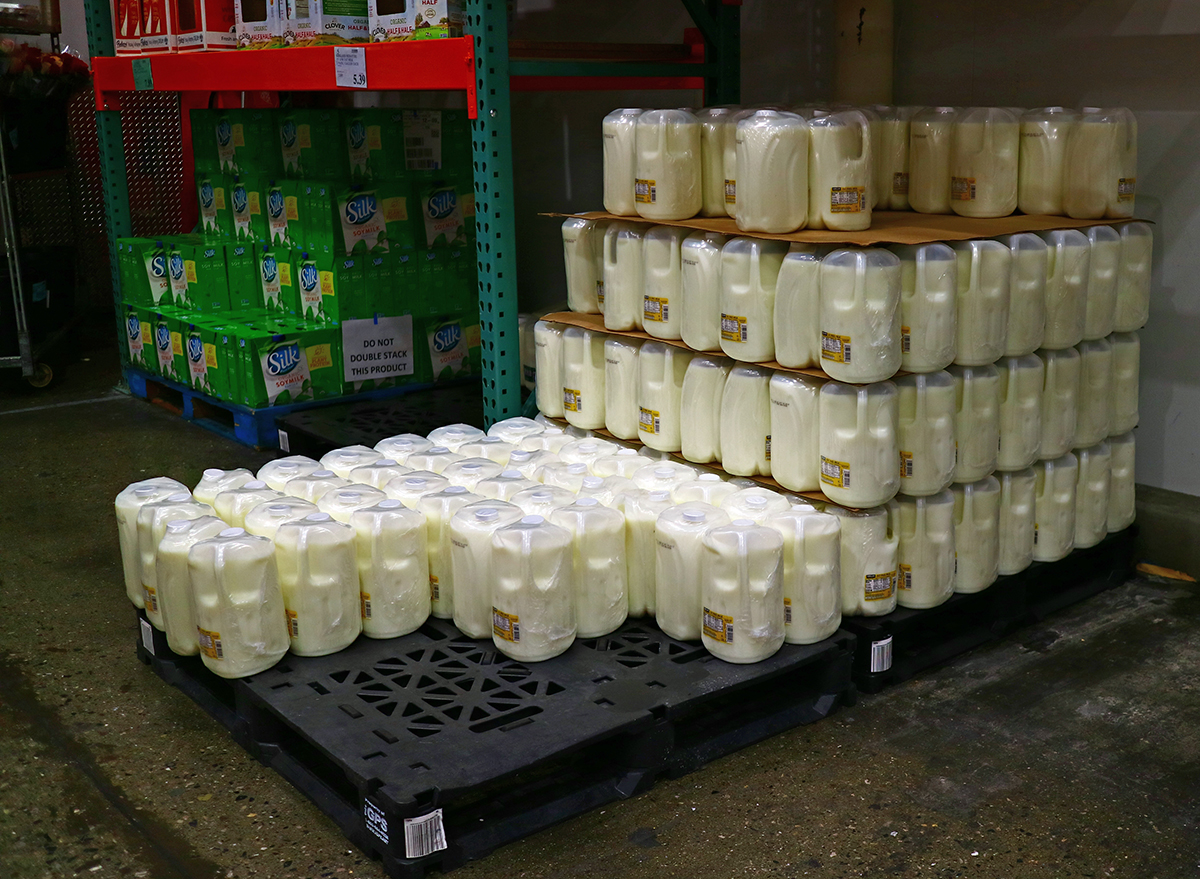
Never mind the fact that you might not finish Costco's giant jugs of milk in time—you should always consume dairy milk within seven days after opening. The club's uniquely shaped jugs are also really hard to pour. Try buying almond or soy milk at Costco instead. The cartons are sold in multipacks, so you can use each one individually without worrying about the rest of it going bad.
Hummus
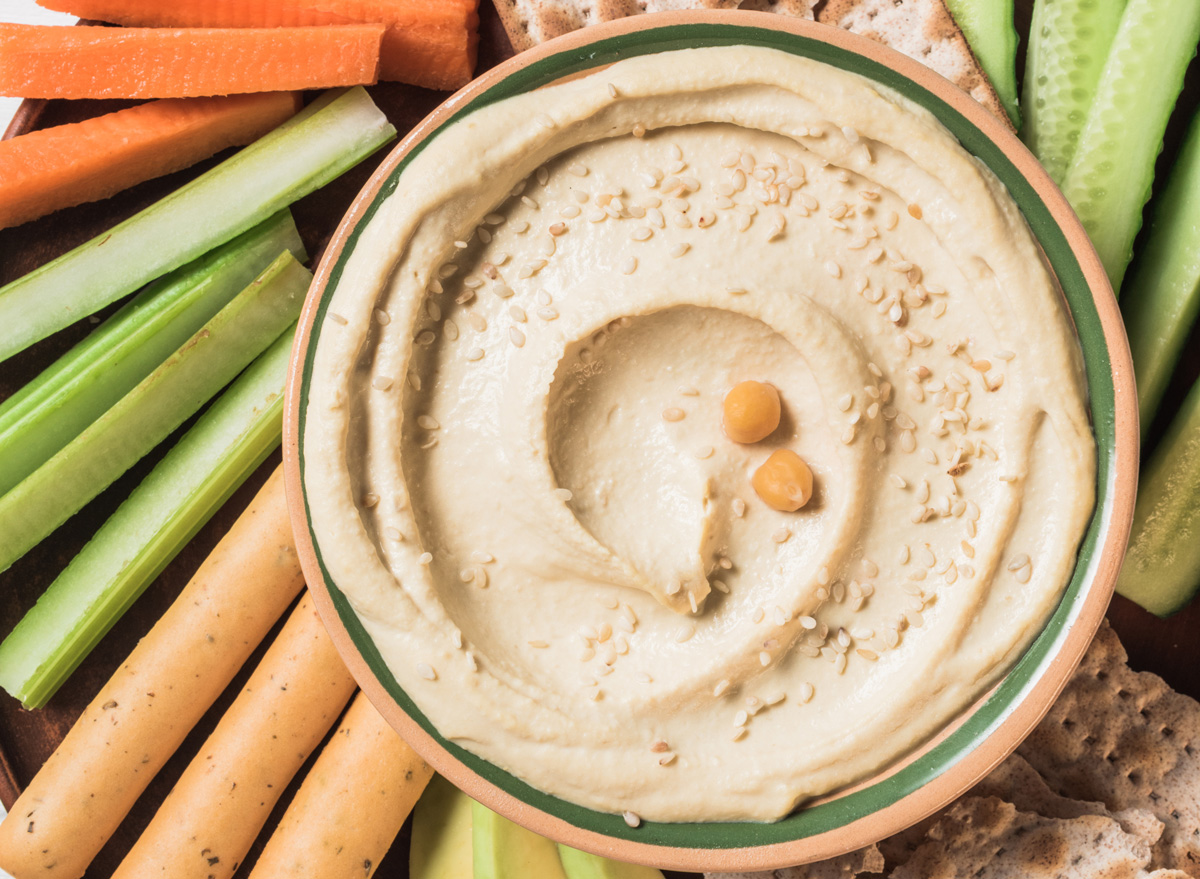
Hummus is a great party snack, and a healthy option when served with crudité. But if you pick up a 32-oz tub of hummus at Costco for $8, you'd need to make sure to serve it to a crowd. That's because hummus should be eaten within 6-7 days of opening when stored in the fridge, and a giant Costco-sized tub of hummus contains about 30 servings. Unless you're throwing a party, you probably won't go through a whole container in time. Stick to a smaller portion from a traditional grocery store, or opt for a package of single-serve containers. Hummus will last about a month or two in the fridge if it's unopened.
Baking Powder & Yeast
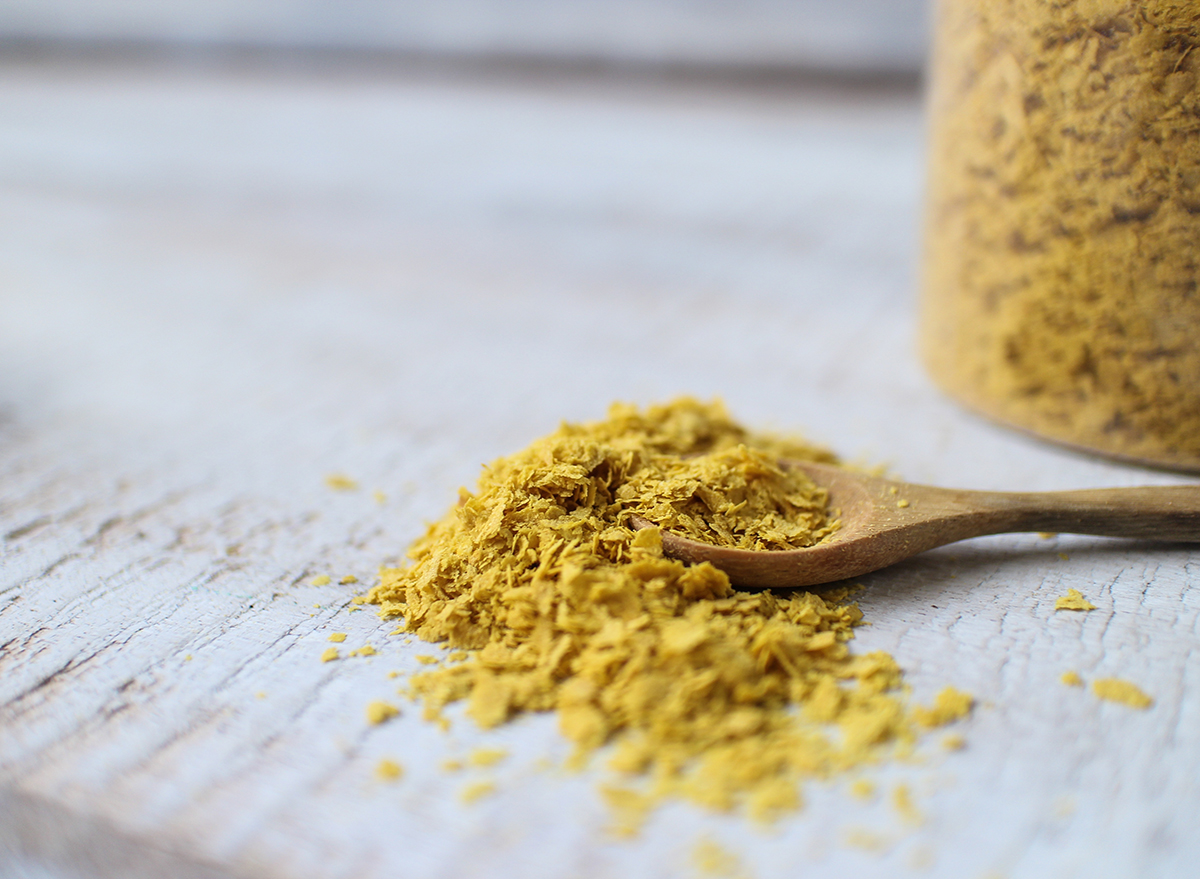
While baking soda can last for a long time, baking powder is prone to attracting moisture—the same reason why flour goes rancid. Unless you're baking up a storm every day, it's unlikely that you'll go through your big tub of baking powder before it goes bad. Baking powder can only stay fresh and active for about six months to a year when stored in a cool, dry place. Dried yeast may still do the trick after six months, but the fresh variety will lose its mojo months sooner. Store fresh yeast in the fridge and dry yeast in the freezer for maximum shelf life.

